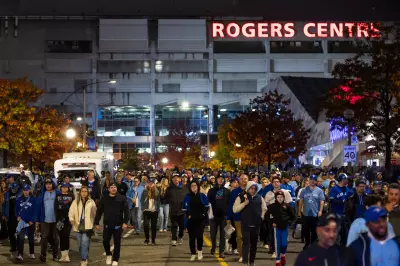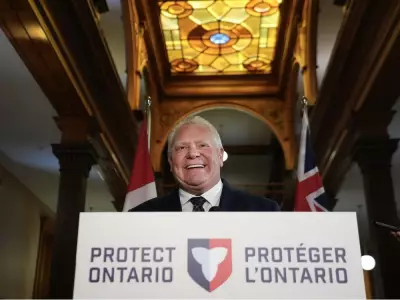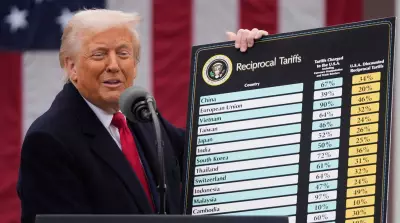
Saving for a down payment remains one of the biggest hurdles for first-time home buyers across Canada, but numerous overlooked financial strategies can help bridge the gap. According to real estate expert Dennis Faulkner, combining multiple funding sources can significantly accelerate the path to home ownership.
Government Programs and Registered Accounts
The Free Home Savings Account (FHSA) stands out as a primary resource for first-time buyers. Canadians can contribute up to $8,000 annually to a lifetime maximum of $40,000, with contributions providing tax deductions that could save approximately $2,400 or more in income tax each year.
The RRSP Home Buyers' Plan allows individuals to withdraw up to $60,000 per person tax-free from their Registered Retirement Savings Plans. This amount must be repaid over 15 years, and most lenders require the funds to remain in the RRSP for at least 90 days before withdrawal.
Tax-Free Savings Accounts (TFSAs) and non-registered investments also serve as excellent down payment sources, with lenders typically requiring only 90-day account statements as proof of funds.
Alternative Funding Strategies
Gifted down payments from immediate family members provide another viable option when documented as non-repayable gifts with proper gift letters. Similarly, lines of credit can supplement down payment funds if the buyer demonstrates strong creditworthiness and the funds remain in their account for the standard 90-day period.
Proceeds from selling significant assets—including cryptocurrency, vehicles, or collectibles—can contribute to down payment savings when accompanied by proper ownership documentation and transaction records.
Many employees overlook relocation allowances or home purchase assistance from employers, which can often be applied toward down payments rather than just moving expenses.
Creative Financial Solutions
Homeowners can leverage existing home equity through bridge loans to manage the transition between selling their current property and purchasing a new one.
Vendor-take-back mortgages, though rarely used by typical homebuyers, allow sellers to finance part or all of the mortgage. This strategy requires approval from the primary lender and registration of the VTB on the property title.
Unexpected financial windfalls such as tax refunds, work bonuses, or insurance payouts can also contribute to down payment funds when properly documented for lender verification.
Dennis Faulkner, B.A. Economics, works as a realtor at MaxWell Challenge Realty and emphasizes that exploring multiple funding avenues can make home ownership achievable sooner than many Canadians realize.





